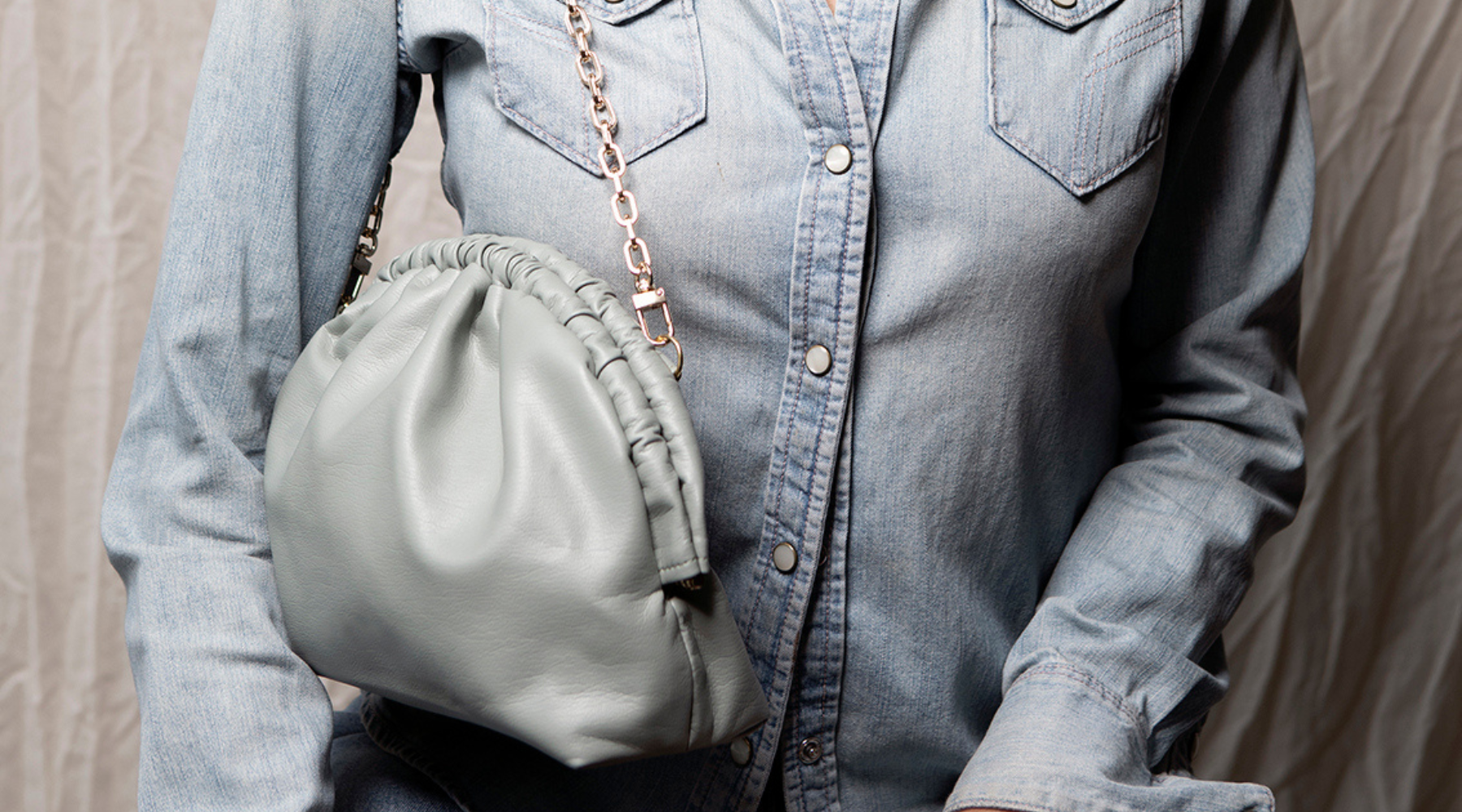
Everything you need to know about vegan leather and leather alternatives
This is going to be long, but hopefully informative, so brace yourselves.
After nearly 20 years working in the fashion industry (the bad, fast fashion side) it was time to begin investigating making products in a better way. That doesn’t just mean being ethical (my makers having a decent wage, good working conditions, etc.) but using environmentally friendly and sustainable materials. Sustainable fashion here we go! It is estimated that the vegan leather market will be worth USD 66.92 billion by 2026!
Here at Under Her Eyes, we use a variety of materials to make fashion accessories. We have products made of vegan or, as some call it, faux / alternative leather. And we use real leathers too, but only vegetable tanned ones.
Keep reading to find out lots of interesting facts about the vegan, alternative, faux leather industry and my journey, discovering the most environmentally friendly solution to women’s never ending desire to own yet another bag. My sustainable fashion journey of discovery…
What is vegan leather and what is it made from?
Essentially vegan leather is a leather like synthetic material that is not made out of animal skins, or any animal products for that matter. It’s been around for donkeys years in the form of PVC (polyvinyl chloride) and PU (polyurethane). Dreadful stuff that I used to make bags out of in my fast fashion days. The quality is rubbish, they fall apart very quickly and have neither the durability nor the aesthetics of real leather.
Don’t even get me started on how environmentally damaging they are. From the pollution created in production, to the dioxins they release, which are potentially dangerous in confined spaces and especially dangerous if burnt. Depending on the type of PU used, they can be extremely toxic. It has been described by Greenpeace as the “single most environmentally damaging type of plastic”.
The leather industry has moved on in the last few years and there is now an array of new vegan leathers on the market. The production of vegan leather has also become more environmentally friendly. The new versions are made of plant wastage (grapes, olives, apples, mushrooms, the list goes on); the glues used to bond the fabric layers are animal free too, but there is a but. The coating. The top layers are still made of plastic material.
The modern vegan leathers are not using the toxic PVC and PU but more eco friendly PU that is either part recycled or recyclable, made in a more sustainable way that is less toxic and harmful to the environment. The cherry on the cake is that it’s starting to look great too, and made to last as long as real leather.
Is vegan leather just plastic?
Yes and no. Some parts of the vegan leather are still made from PU (plastic polymer invented in 1937), but it’s primarily used for the coating of the leather. But the rest of the vegan leather layers are made out of various, innovative materials that usually come from plant waste:
-
Mushrooms
-
Apples
-
Corn
-
Pineapples
-
Banana leaves
-
….
Can vegan leather compete with real leather?
The modern vegan leathers certainly can. Some of the brands, such a Ultraleather, Pinatex, Viridis have developed new formulas that make vegan leather durable, strong and pretty attractive in appearance. Some are so good you can’t spot the difference between real and faux leathers.
Perfect example being Stella McCartney new collaboration with Bolt Threads. Together they have developed Bolt Threads’s mushroom leather material. The first glimpses of the newest plant based leather were seen at the Paris fashion week in October 2021 and it looks incredible. Read more about it here.
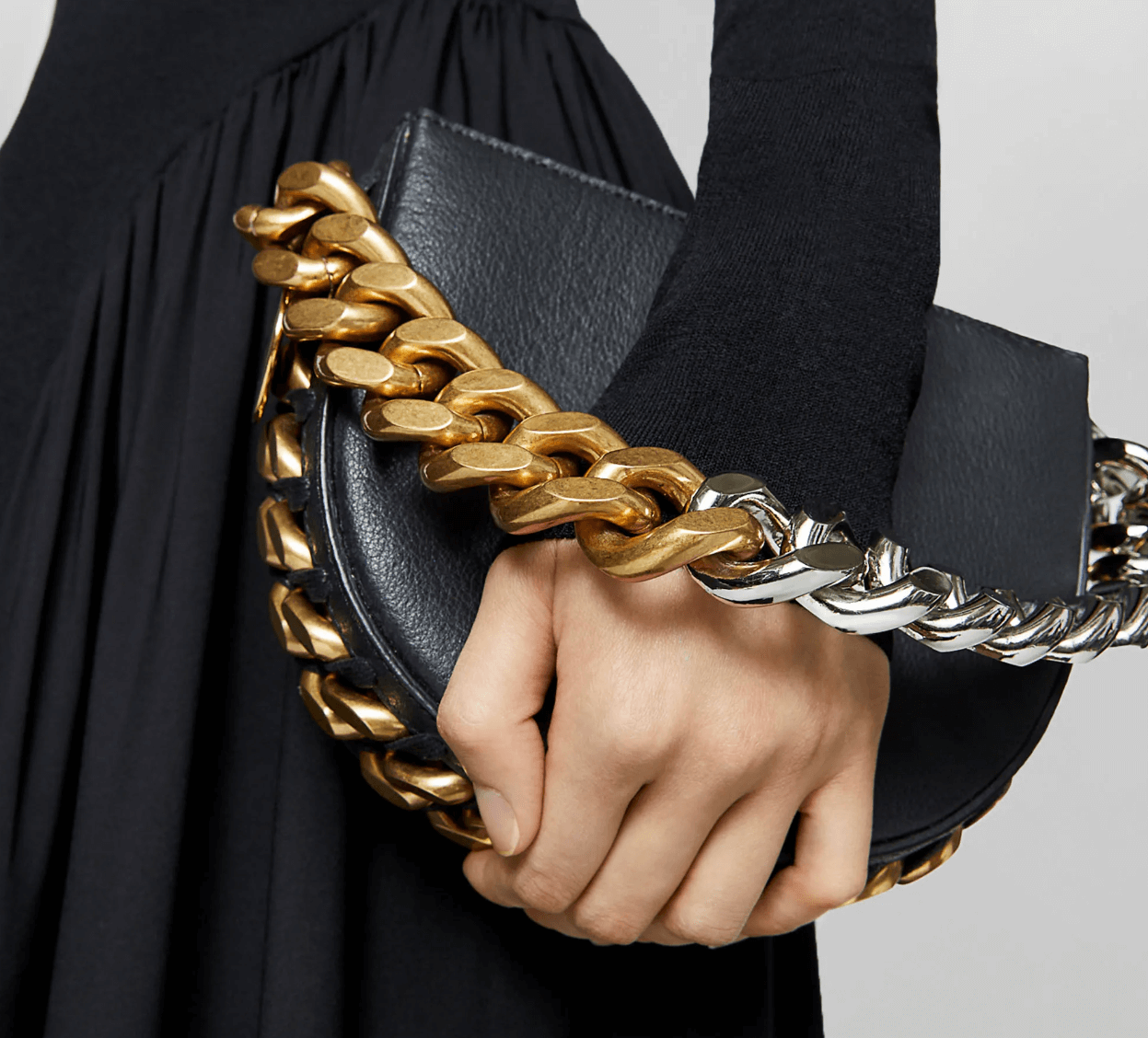
Stella’s Frayme Mylo bag
This brings us nicely to the smell. Real leather has that distinctive smell that has been favoured over centuries and vegan leather doesn’t smell of anything, unless you spray it with your favourite perfume.
Is vegan leather more sustainable than real leather?
The million dollar question! I’m still divided on this and new research and evidence is frequently emerging. If we look at old types of PVC and PU leather and old fashioned chrome tanned real leather, then they are both not sustainable, quite the opposite. They both use huge amounts of energy and chemicals in production, and the process releases harmful toxins which are damaging to the planet and human life.
On the other hand, the modern vegan leathers can be dyed very quickly, they are durable and even though they are not (as yet) biodegradable, due to plastic coating, parts are recycled and recyclable.
Research by Kering, a French multinational company specialising in luxury goods, estimates that the environmental impact of vegan leather production can be one-third lower than that of animal-based leather.
Vegetable tanned real leathers do not use anything artificial and toxic chemicals in their dying process, they are fully organic, relying only on tree tannins and water. The process is natural, safe and has been used for thousands of years.
Some advantages of vegetable tanned leather are that it can be made thicker and have more body than straight chrome tanned leather. This helps our bags maintain their shape. Vegetable tanned leather also tends to age better, developing a rich character and patina over time. But and this is a big but, they are not animal cruelty free!
Characteristics of vegan leather
They come in all shape and sizes. From smooth, thin and soft to hard, textured and very durable. The vegan leathers market is getting more exciting by the day with new varieties, textures and colours emerging. The good quality vegan leathers are very 'leather-like', there’s very little difference to real leather.
But it’s important to keep remembering that even though vegan leathers are animal friendly, they are still not fully eco friendly. The plastic coating is still there, even if the % mix of PU is getting smaller and smaller, it is still there. But watch this space for new updates and research developments on my plastic free vegan leather project with WFTO and Fashion Revolution.
What does vegan leather look like?
Well, it can look like anything really. As mentioned above , the technology has moved on so much it’s now very hard to distinguish between real and faux leathers. The embossing of the coating layer in vegan imitation leathers can replicate the look and feel of real leather impeccably.
Is vegan leather ethical?
It depends on how the vegan leather is made and by whom. It’s ethical when it comes to animal cruelty, but when it comes to its production that depends on the manufacturer and their process.
Always do your own research and see if you agree with the brand's values and and “who made my fabric’’ transparency before making a purchase. Fashion Revolution has started a campaign to demand greater transparency from brands by asking #WhoMadeMyFabric? A growing number of brands and retailers have published a list of the factories where their garments are cut and sewn, but the vast majority of brands are not yet disclosing the facilities where fabrics and yarns are made. When you are making a purchase check out the brands’ sustainability section of their website and read all about their transparency or the lack of it. To find out more about the campaign click here.
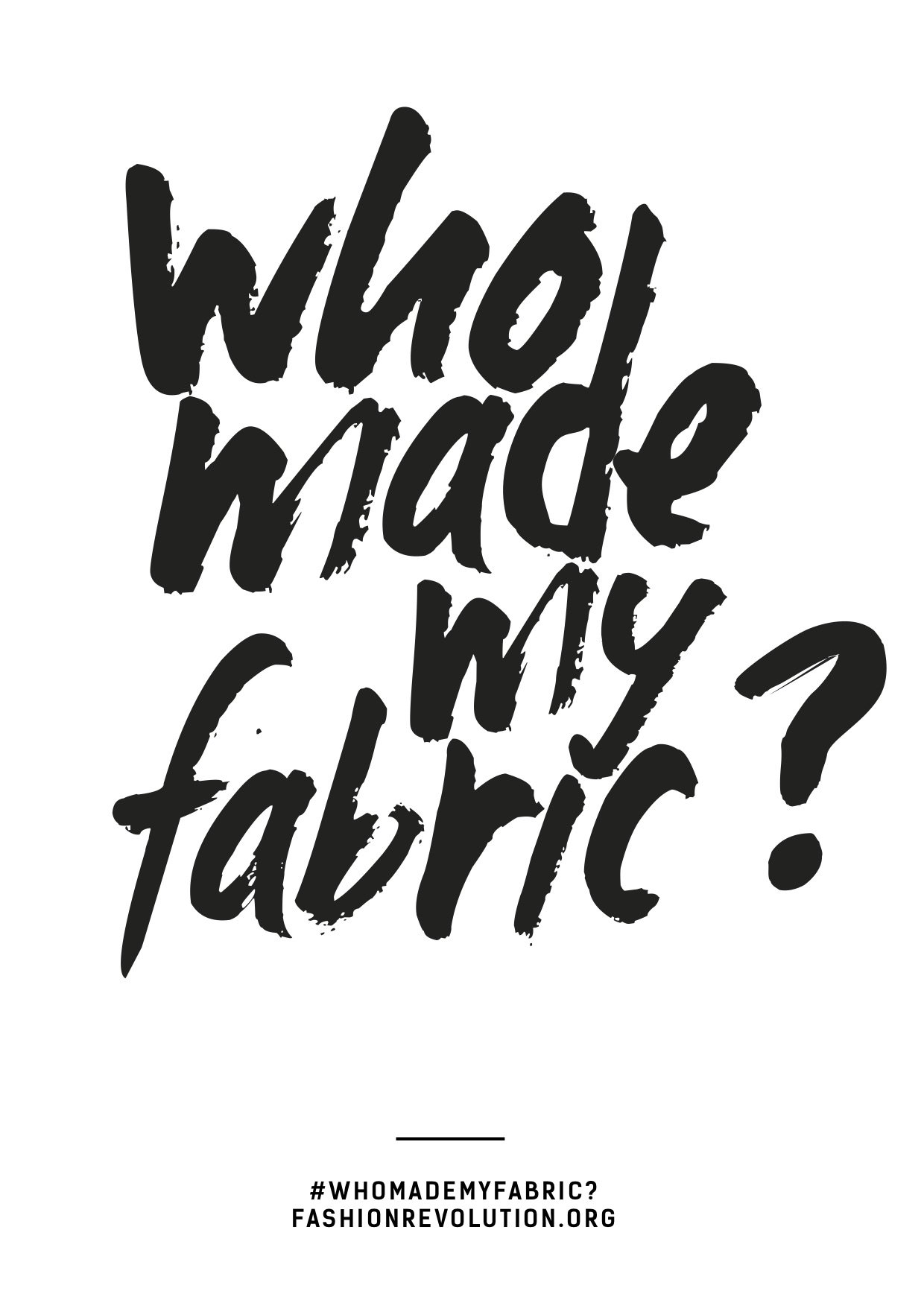
Fashion Revolution Campaign
Benefits of using vegan leather
The obvious one – animal cruelty free. The newer versions are natural, plant based, durable and look amazing. By purchasing vegan leather handbags, you are protecting animals, to some degree the environment and you look good. A step towards a vegan lifestyle!
-
Vegan leather has a small carbon footprint.
-
Vegan leather is animal cruelty free.
-
Vegan leather production requires no, or few potentially harmful chemicals.
-
Vegan leather production requires less water.
-
Vegan leather is durable
-
Vegan leather just looks bloody good
What are the disadvantages of vegan leather?
The coating is still using plastic. With some types, the % mix is very small but it is still there. As such, vegan leather is partly synthetic material, it doesn’t form a patina like real leather does when ageing and it is much less breathable as the pores that are printed onto the surface of vegan leathers are artificial.
Uses of vegan leather
Vegan leather is used across many industries and products. Leather products range from train upholstery, airplane seats, car interiors to name a few. The fashion industry is starting to use it more and more to make fashion products. Vegan leather handbags, vegan leather shoes, vegan boots, vegan leather jackets and other vegan apparel.

Alexandra K
Is vegan leather durable?
A few years ago, it wasn’t. But the modern versions have become so strong and long lasting that some of them even beat real leather in durability testing. Pinatex is a great example, where they claim to have one of the most durable vegan leathers on the market.
How do you clean vegan leather?
The plastic coating on vegan leather makes it waterproof, which it easy to clean with a mild soap and water or just wipe clean with a damp cloth. However, it’s hard to make vegan leather softer, as conditioning treatments cannot penetrate the synthetic fibres.
There are some new products on the market which can stop the vegan leather from cracking and drying out in the sun, but it’s best to look after your vegan bag like you would a real leather bag. When not wearing it, keep it out of the sun, in the cotton cloth bag and wipe any dirt or water off as soon as you can so the bag stays in the pristine condition.
To remove stains use the same principles as with real leathers. A little mild soap and water and gently wipe the stain off. Finish wiping with a dry cloth. For more determined, greasy stains, I would suggest a little talcum powder or corn-starch. Leave on for a little bit to soak the stain away and then wipe off with a dry cloth.
Read our full guide on leather care here.
Is it possible to stretch vegan leather?
Yes, but vegan leathers do not stretch as much as real ones. There is a danger of the vegan leather cracking if it is stretched too much so it's best to steer clear of.
Which is the best vegan leather?
This keeps changing with new developments and research, but the types of vegan leather alternatives that use the least amount of plastic are pineapple leather, corn leather, grape leathers and, the latest one, mushroom leather.
What type of leather should I buy?
Read all the above and then you decide. It’s definitely a personal choice based on environmental impact, level of organic materials, animal cruelty, durability. The list goes on.
And let’s not forget, it depends on if you like the final product or not. Here at Under Her Eyes we have the choice of structured vegetable tanned leather bags and luxury vegan leather handbags made of grape leathers. The choice is yours!
Silva 💋


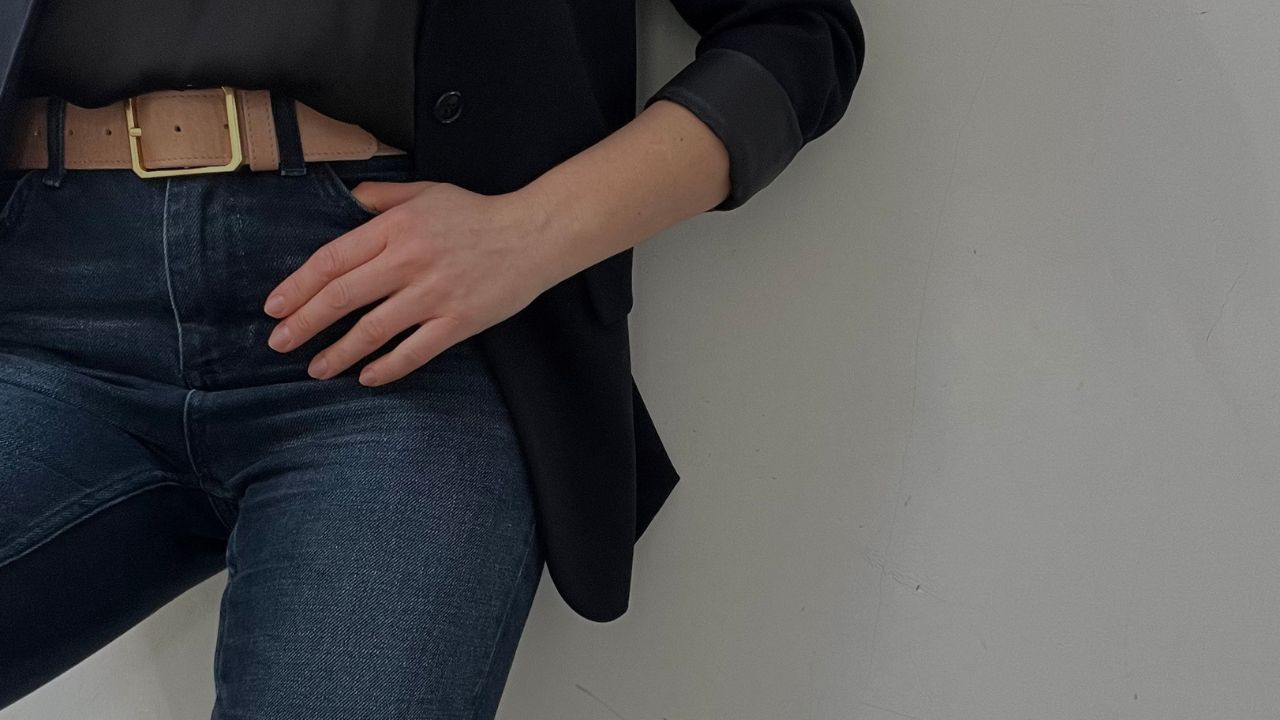
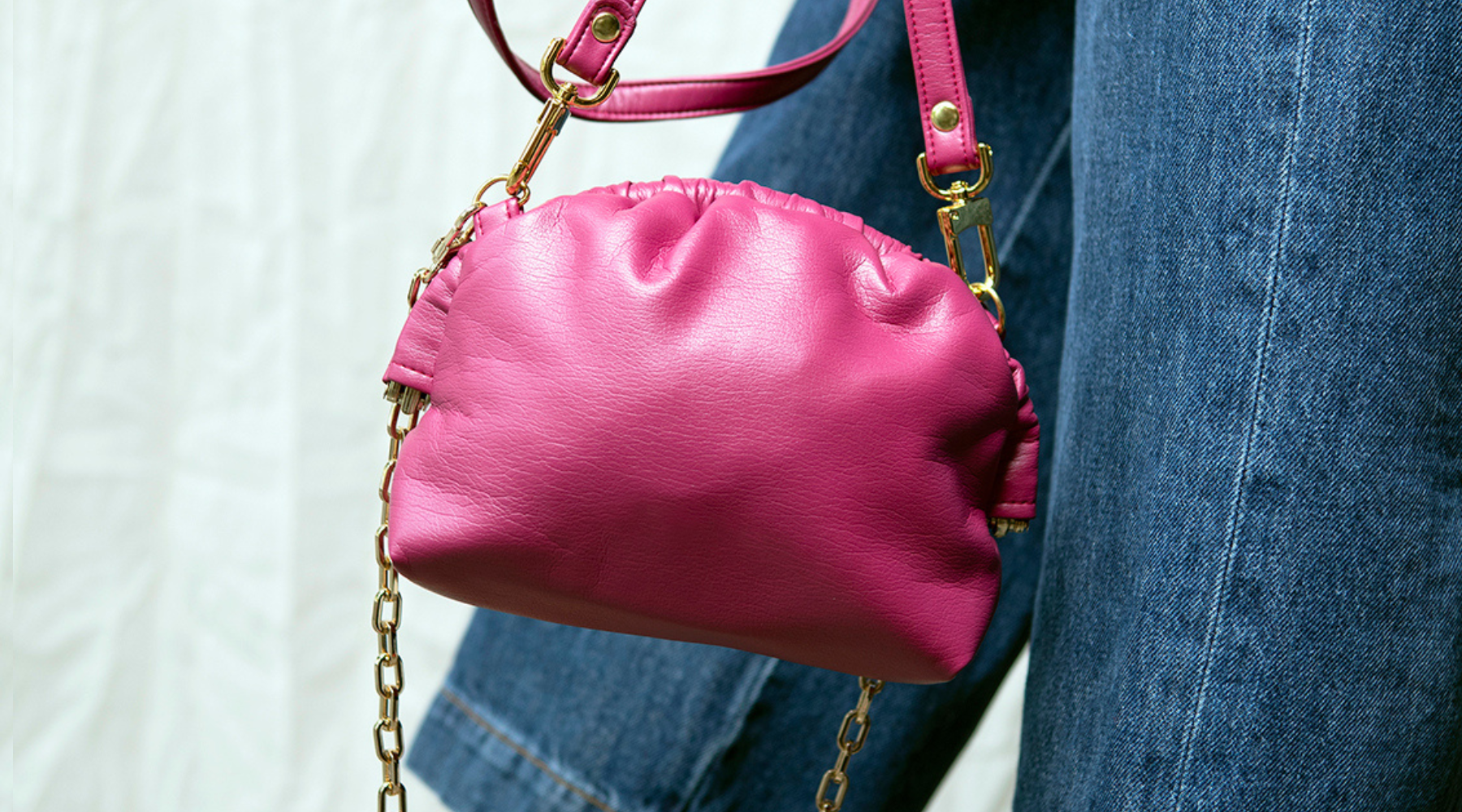
3 comments
This article provides a well-rounded look at vegan leather and its alternatives. The insights on sustainability, durability, and ethical choices make it a valuable read for anyone considering eco-friendly options without compromising on style and quality.
Exotica leathers
Great article! you should also explore amazing vegan cork leather accessories: https://amazings.online/.
Agnieszka
Thank you for providing such a comprehensive guide on vegan leather and leather alternatives. Your article is both informative and insightful, shedding light on sustainable and ethical choices in fashion. Well done!
Exoticaleathers
Leave a comment
This site is protected by hCaptcha and the hCaptcha Privacy Policy and Terms of Service apply.